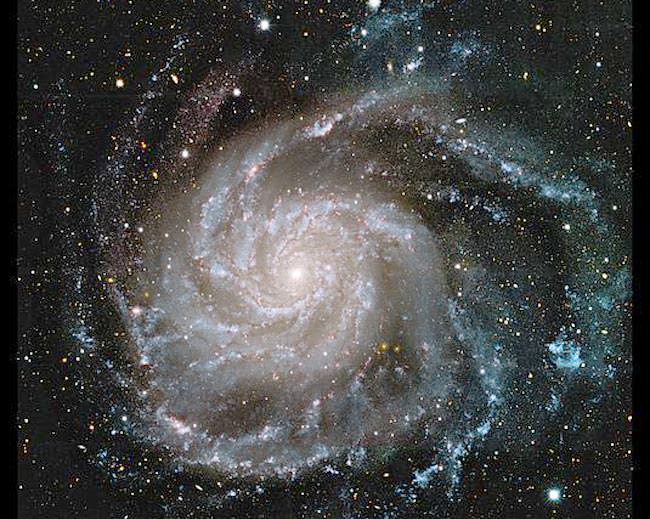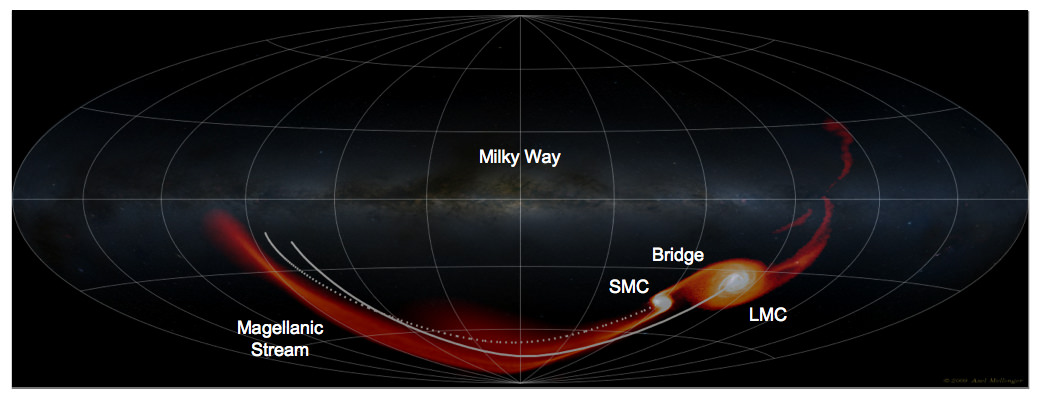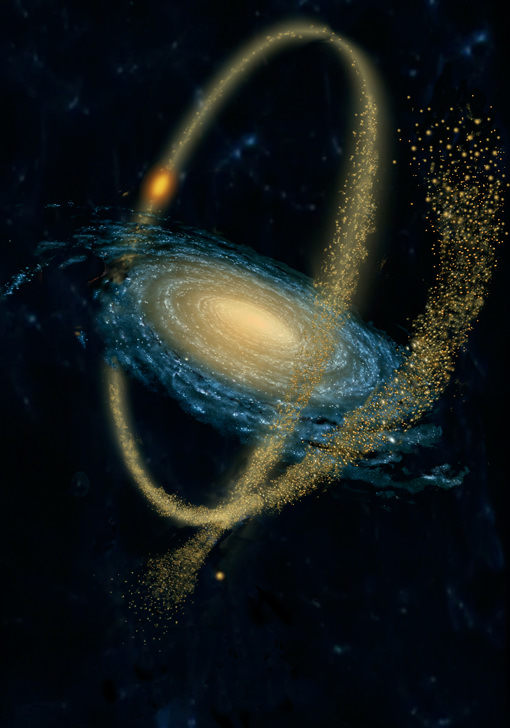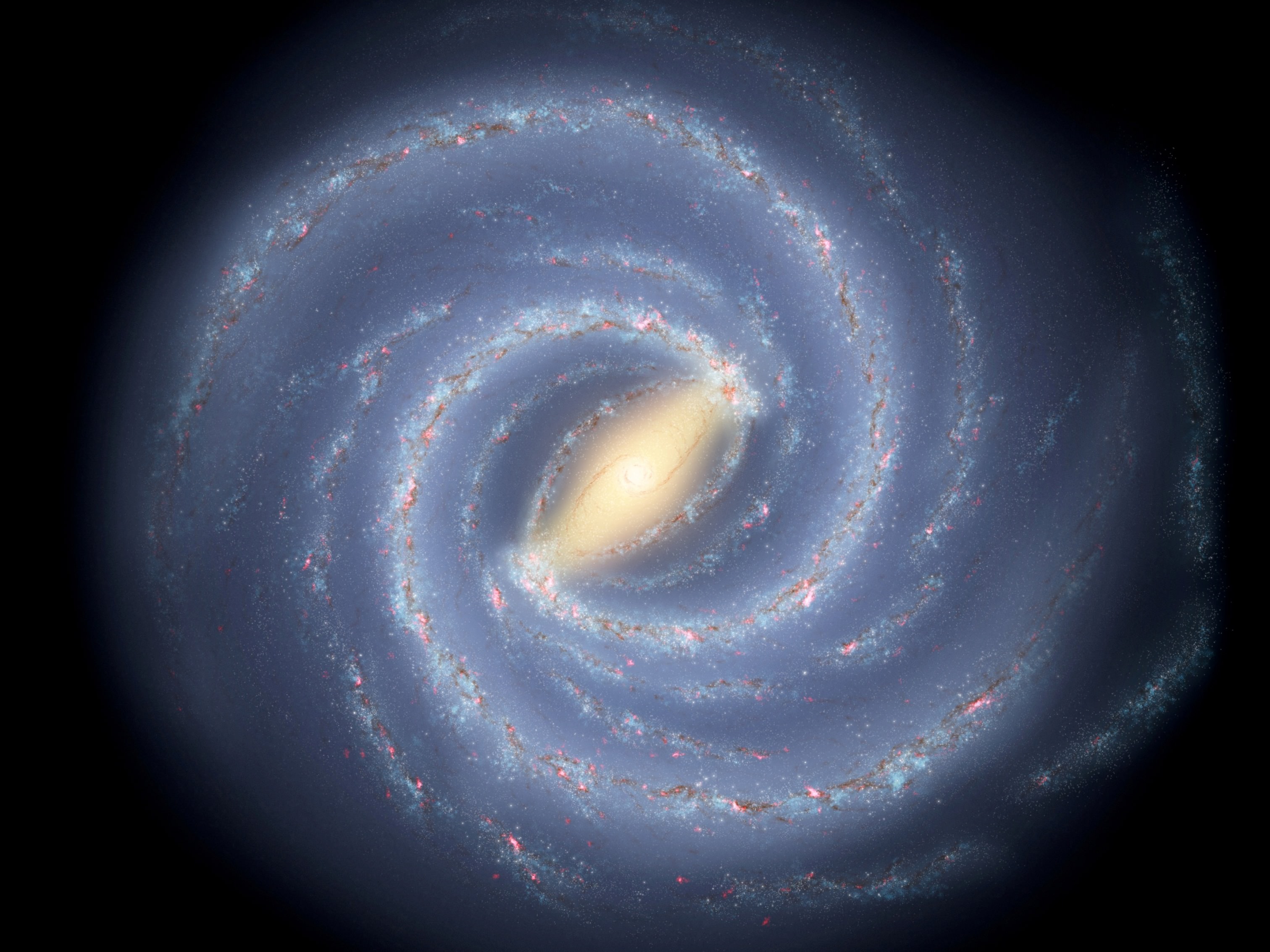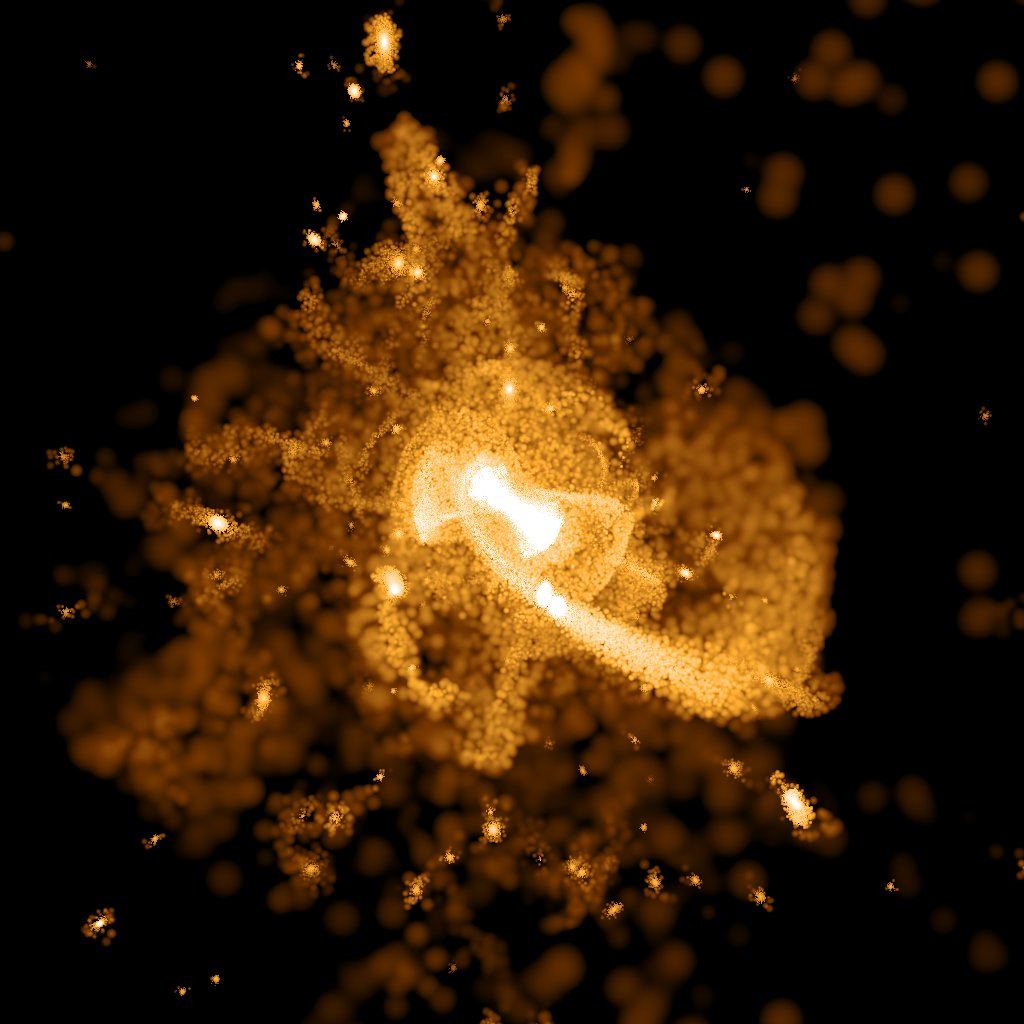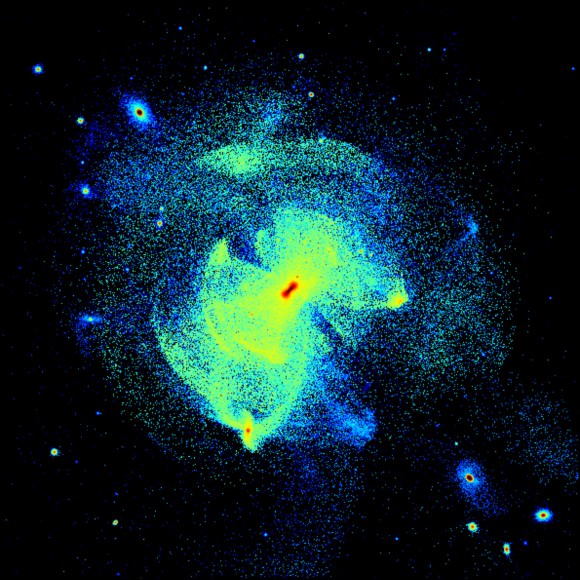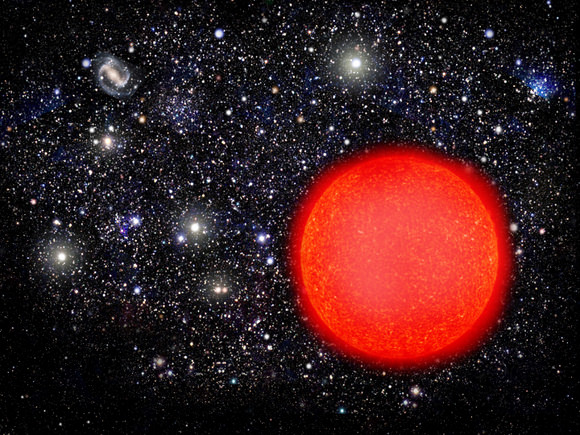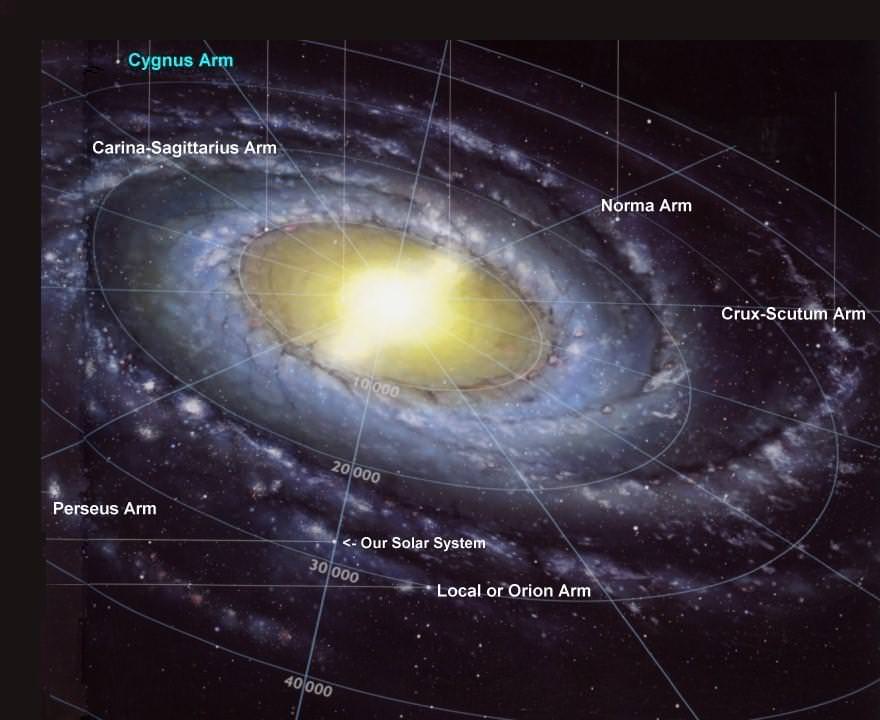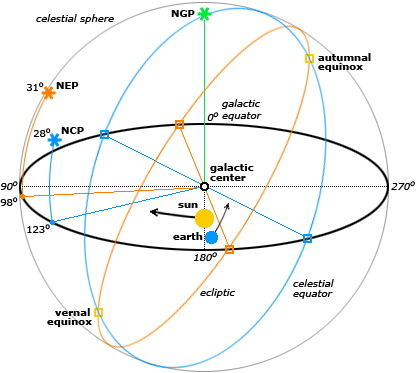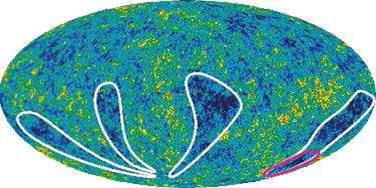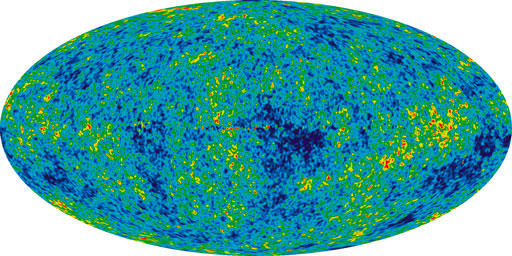[/caption]
Just like being stuck inside and not being able to see what the outside of your house looks like, we’re trapped inside the Milky Way galaxy and aren’t able to see its complete structure. Most of us have this vision of a circular, spiral galaxy with gracefully curving spiral arms. Nope, says a group of astronomers from Brazil. The Milky Way might be square. Not like a box, but, in places, the spiral arms are straight rather than curved, giving the Milky Way a distinctly square look. And our solar system sits right on one the straightest parts of an outer arm.
It really IS hip to be square.
The map of the Milky Way has been redrawn several times since the first attempts in the 1950’s using radio telescopes to trace out the spiral arms of our home galaxy. However, the concept of our galaxy having square-ish arms is not so farfetched: we know of the Pinwheel Galaxy, above, that has areas of straight and squared off arms, and a 2008 study using the Very Long Baseline Array found that instead of arms neatly circling the galactic center, the stars mapped traced a more elliptical orbit. But most of the maps of the Milky Way have assumed that the material in our galaxy orbits the center in a circular fashion, so having arms stars that don’t follow this path come as somewhat of a surprise.
Jaques Lepine and his team from the University of Sao Paulo in Brazil wanted to obtain the equivalent of a ”face-on” map of the spiral arms of our Galaxy, so they studied the spectra produced by clouds of carbon monosulphide, a common gas in our galaxy, rather than the usual suspect of ionized hydrogen.
They were able to determine velocity information for 870 regions of the Milky Way which is a larger number than that of previous studies based on classical HII regions, so they’ve created a new map of the galaxy with detail never seen before. “One way to improve the description of the spiral arms is to increase the number of objects used to trace them,” the team writes in their paper.
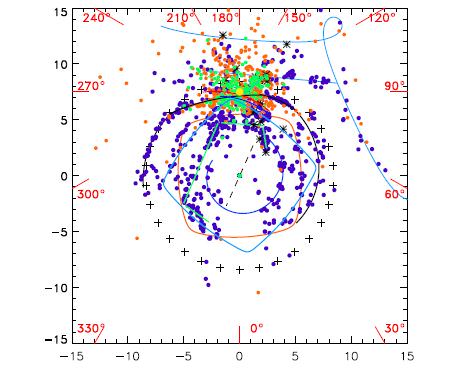
Not only did they find evidence for straight places in the arms, but they also found an additional third arm. A 2008 study by the Spitzer Space Telescope had demoted the number of arms from four to two, but other studies, including an earlier one by Levine have said three. So, yes, there is some uncertainty on the number of arms. The new arm is about 30,000 light years from the galactic core at a longitude of between 80 and 140 degrees. This one is rounded however, “with strong inward curvature.”
“Basically, our results confirm the main aspects of the spiral structure revealed by the studies of HII regions,” said Lepine and his team. “For instance if we move horizontally across the figure, to the right or to the left of the Galactic center, we find roughly 3 spiral arms on each side, like the previous works. There are departures from the pure logarithmic spirals, with segments of arms that are almost straight lines.”
Drawing a map of the Milky Way is a challenging task, since we only have an edge-on view of the galaxy in which we reside. To top it off, it’s full of dust and gas that muck up the view in the visible light spectrum. So, we have to rely on other spectra.
We may not ever know exactly what our galaxy would look like when viewed from other worlds, but we’ll keep trying.
Read the team’s paper: The spiral structure of the Galaxy revealed by CS sources and evidence for the 4:1 resonance, Lepine, et al.
Additional source: Technology Review Blog

